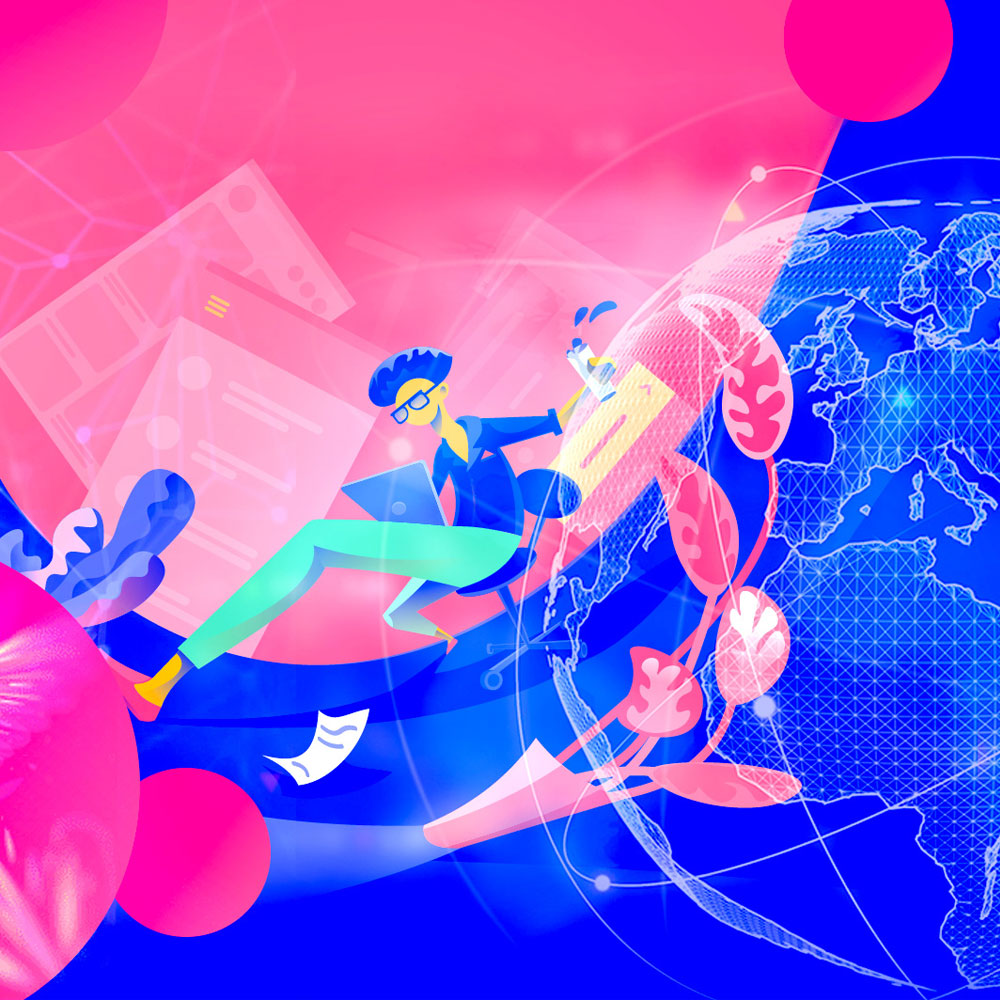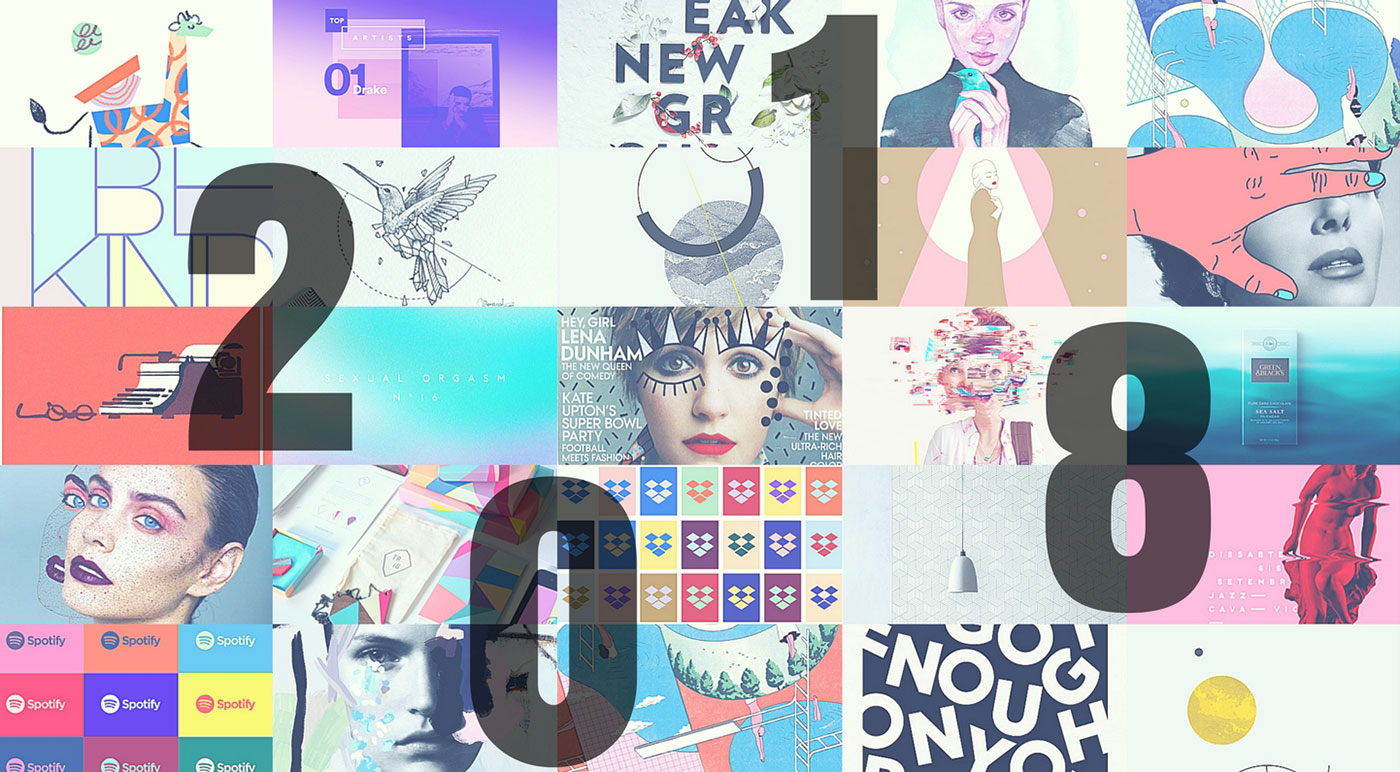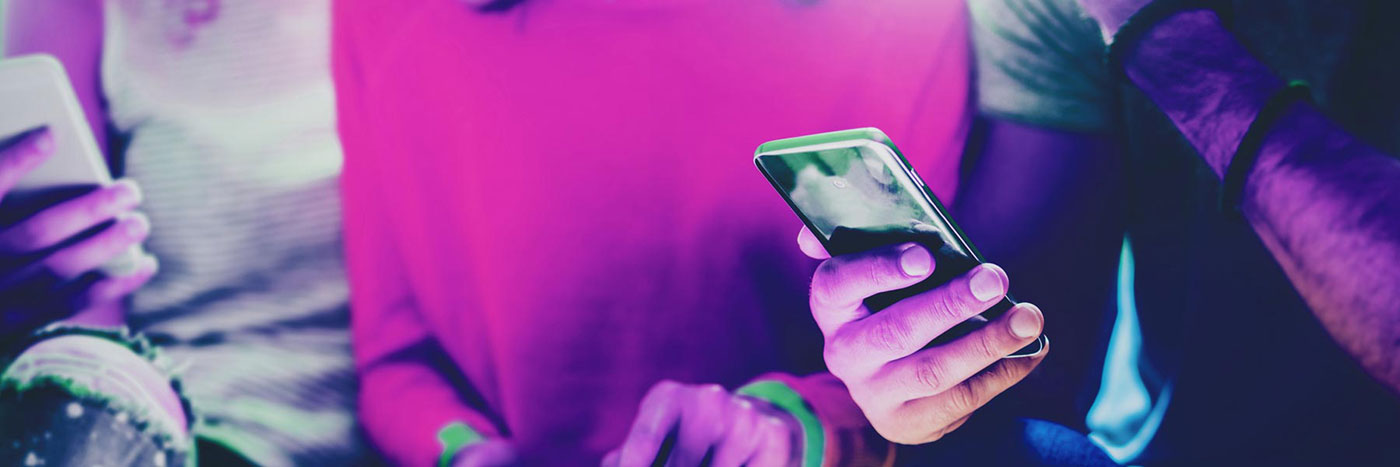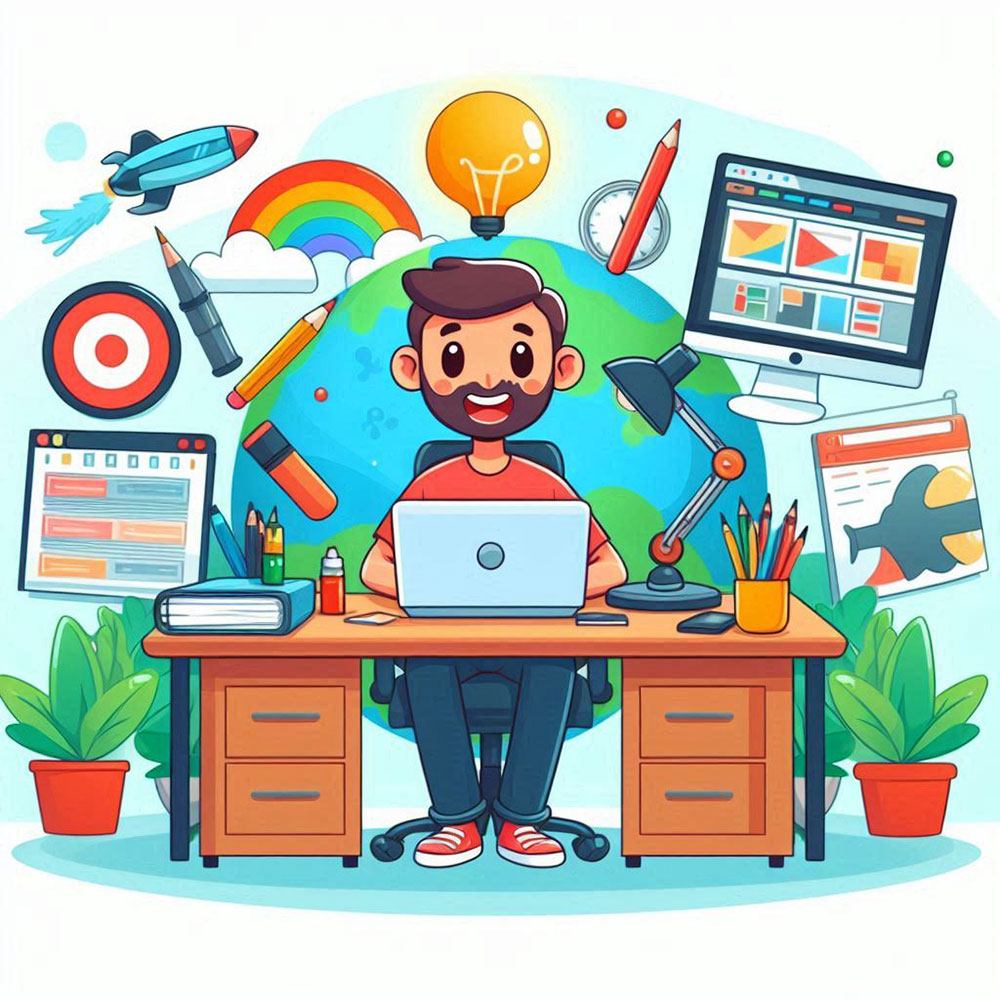
Graphic Design Trends for 2024
Graphic design is always changing to match new ideas, technology, and what people like. As we step into 2024, exciting new trends are shaping how we create and view visual content. This article takes a deep look at the top graphic design trends for 2024, showing how to use them well in your work.

Graphic Design Trends for 2024
Bold Text and New Fonts
Text remains a cornerstone of graphic design. In 2024, big, bold letters and new font styles are taking centre stage. Designers are pushing boundaries with text that’s striking and sometimes challenges easy reading, but looks fantastic.
| Aspect | Description | How to Use It |
|---|---|---|
| Big Fonts | Huge letters that take up lots of space, grabbing attention right away | Use for main headings or key messages |
| New Designs | Fonts that play with shapes and spaces, looking cool while still being readable | Use for logos or short, impactful text |
| Contrast | Mixing different font styles to create visual interest | Pair a bold font with a simpler one for balance |
How to use it effectively:
- Put bold text on plain backgrounds so it’s easy to read.
- Use new font styles for headlines or important messages, but not too much.
- Try mixing different font styles to create interesting contrasts.
- Always make sure your main message is clear, even with fancy fonts.
AI-Made and AI-Helped Design
Computer programs that think like humans (AI) are changing graphic design. They help make new patterns, pictures, and layouts quickly and easily. This trend is making designers rethink how they work and create.
| AI Design Feature | What It Does | Benefits |
|---|---|---|
| Pattern Making | Creates complex patterns quickly | Saves time, allows for unique designs |
| Layout Help | Suggests better layouts and does boring jobs | Frees up time for creativity |
| Image Generation | Creates unique images from text descriptions | Provides new sources of inspiration |
How to use it in your work:
- Use AI tools to work faster, but always add your own touch to make it unique.
- Try AI-made designs to get new ideas and inspiration.
- Use AI for tasks like removing backgrounds or enhancing images.
- Remember to review and refine AI-generated content to ensure quality.
Green and Earth-Friendly Design
As more people care about the planet, green design is getting more popular. This means using materials that don’t harm the earth, making simple designs to waste less, and creating pictures that make people think about the environment.
| Aspect of Green Design | Examples | Impact |
|---|---|---|
| Green Materials | Recycled paper, soy-based inks | Reduces environmental footprint |
| Simple Design | Clean layouts, minimal ink coverage | Cuts down on waste |
| Digital Solutions | E-brochures, online portfolios | Saves physical resources |
How to bring green design into your work:
- Choose digital options when you can to use less physical stuff.
- When printing is necessary, use recycled materials and eco-friendly inks.
- Show off how green your designs are to make people think about helping the planet.
- Use design to tell stories about environmental issues and solutions.
3D and AR That Feels Real
Three-dimensional (3D) designs and augmented reality (AR) are becoming easier to make and more popular. In 2024, we’ll see more 3D pictures, AR-enhanced designs, and 3D parts in branding and marketing that you can interact with.
| Technology | Applications | User Experience |
|---|---|---|
| 3D Graphics | Product showcases, virtual environments | More engaging and realistic visuals |
| AR in Marketing | Try-before-you-buy experiences, interactive ads | Immersive and memorable brand interactions |
| 3D Typography | Logos, headers, promotional materials | Eye-catching and dynamic text |
How to use 3D and AR in your designs:
- Use 3D to make important parts stand out and guide where people look.
- Try AR tech to make experiences that people can join in with and remember.
- Start small with 3D elements in logos or headers before moving to full 3D scenes.
- Consider the user’s device capabilities when implementing AR features.
Old-School and Nostalgic Looks
Styles from past decades are making a comeback. Designers are giving old looks a new twist for today’s viewers. This includes Y2K styles, 90s grunge, and 70s psychedelic art.
| Era | Key Features | Modern Application |
|---|---|---|
| Y2K (2000s) | Bright colours, tech-inspired bits, fun fonts | Digital art, web design |
| 90s Grunge | Rough textures, worn-out looks, rebel feel | Alternative branding, music industry |
| 70s Psychedelia | Bold patterns, bright colours, mixed-up visuals | Fashion, event posters |
How to bring nostalgia into your designs:
- Mix old styles with new design ideas to make something that feels both fresh and familiar.
- Use old-school looks to make people feel nostalgic and connect with your work.
- Research the original era thoroughly to capture its essence authentically.
- Don’t overdo it – subtle nostalgic elements often work best in modern designs.
Designs That Include Everyone
Designers are focusing more on making pictures that show all kinds of people. This means using lots of different skin colours, body types, and cultural elements in drawings and photos.
| Aspect of Inclusion | Examples | Why It’s Important |
|---|---|---|
| Diverse Representation | Various ethnicities, body types, ages | Makes more people feel seen and valued |
| Cultural Elements | Symbols, patterns from different cultures | Celebrates diversity educates audiences |
| Accessibility | High-contrast, readable fonts | Ensures designs are usable by everyone |
How to make your designs more inclusive:
- Work with people from different backgrounds to make sure you’re showing them right.
- Be careful about cultural sensitivities and try to show things accurately and respectfully.
- Consider accessibility in your designs, like colour contrast for visually impaired users.
- Use diverse stock photos or commission custom illustrations to ensure representation.
Lots of Stuff and Bright Colours
Instead of keeping things simple, designs with lots going on are getting popular. These use bold colours, detailed patterns, and many layers. Expect to see bright, eye-catching colour combinations that really pop.
| Element | Description | Effect |
|---|---|---|
| Bold Colours | Bright, contrasting colour schemes | Grabs attention, conveys energy |
| Detailed Patterns | Layered textures and intricate designs | Adds depth and interest |
| Mixed Media | Combining photos, illustrations, and text | Creates rich, complex visuals |
How to use maximalism in your work:
- Balance busy parts with clear, readable text so it’s not too much for people to look at.
- Use colour psychology to make people feel certain ways about your design or brand.
- Start with a strong base layout and gradually add elements to avoid chaos.
- Consider the overall message and ensure the maximalist style enhances rather than overwhelms it.
Making Data Look Good
As data becomes more important for making decisions, creative ways to show data visually are becoming a big trend. These designs help make complex information easier to understand and more interesting to look at.
| Type of Visualisation | Best Used For | Benefits |
|---|---|---|
| Interactive Charts | Exploring complex datasets | Allows users to dive deep into data |
| Infographics | Telling data-driven stories | Makes information more digestible |
| Animated Graphs | Showing change over time | Brings data to life, increases engagement |
How to create effective data visualisations:
- Focus on making things clear and simple so people can easily understand the data.
- Use animations and interactive bits to get people interested and give them a more engaging experience.
- Always start with the story you want to tell, then choose the right type of visualisation.
- Be careful not to misrepresent data – accuracy is crucial in data visualisation.
Designs That Work on Any Device
As people use different devices to look at content, designs that can change to fit any screen size are crucial. This makes sure everyone has a good experience, no matter what they’re using to view your design.
| Responsive Design Element | Purpose | Implementation |
|---|---|---|
| Flexible Layouts | Adjusts to any screen size | Use CSS flexbox or grid |
| Adaptive Images | Loads appropriate image sizes | Implement srcset attribute |
| Mobile-First Approach | Ensures mobile usability | Design for small screens first |
How to make your designs responsive:
- Test your designs on lots of different devices to make sure they work well and are easy to use.
- Start by designing for mobile first, since so many people use phones to view content.
- Use flexible units like percentages instead of fixed pixel sizes.
- Consider how interactive elements will work on touch screens as well as with mouse clicks.

Designs That Work on Any Device
Rough and Rule-Breaking Design
The trend of brutalist web design and “anti-design” keeps evolving, challenging normal ideas about what looks good. It uses raw, unpolished visuals and unusual layouts. This trend appeals to people who want unique and edgy designs.
| Brutalist Feature | Description | Effect |
|---|---|---|
| Raw Aesthetics | Embracing imperfections and rough textures | Creates a bold, unapologetic look |
| Unusual Layouts | Breaking normal design rules | Makes designs stand out and be memorable |
| Exposed Elements | Showing ‘behind the scenes’ parts of design | Gives a sense of honesty and transparency |
How to use brutalism in your designs:
- Use brutalist elements to create a distinct brand identity that stands out.
- Make sure your designs are still usable, even if they look unconventional.
- Consider your audience – brutalism works well for some industries but not others.
- Don’t be afraid to break rules, but have a reason for doing so.
Conclusion
The graphic design trends for 2024 show how the field keeps changing. New tech, cultural shifts, and user wants all play a role. By using these trends, designers can make fresh and strong visuals that speak to today’s audiences. Creative Bloq is a great place to learn about the latest design trends and get ideas.
These trends include bold text, AI-aided designs, green practices, and diverse people in images. The key is to blend these trends to make unique and memorable designs. On Behance, you can see how designers around the world use these trends. It’s a rich source of ideas for your own work.
As we move ahead, being open to new ideas will help you keep up with the changing world of graphic design. Keep in mind that trends are guides, not rules. The best designs come from knowing these trends and finding clever ways to use them in your projects and for your brand. Always think about your audience and message, and don’t be scared to try new things.
By staying informed and practising with these trends, you’ll be ready to make designs that are current, effective, and impactful. Tools from companies like Adobe keep getting better. They give designers strong tools to bring their ideas to life.
The world of graphic design in 2024 is thrilling and full of chances. Embrace these trends and see where your creativity can take you!

With over two decades of web design and development expertise, I craft bespoke WordPress solutions at FallingBrick, delivering visually striking, high-performing websites optimised for user experience and SEO.




